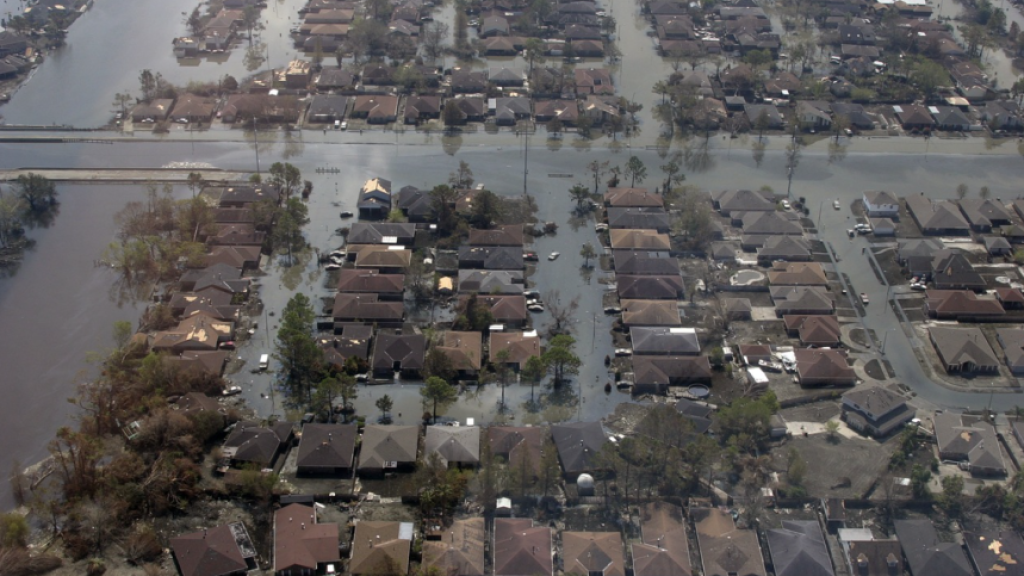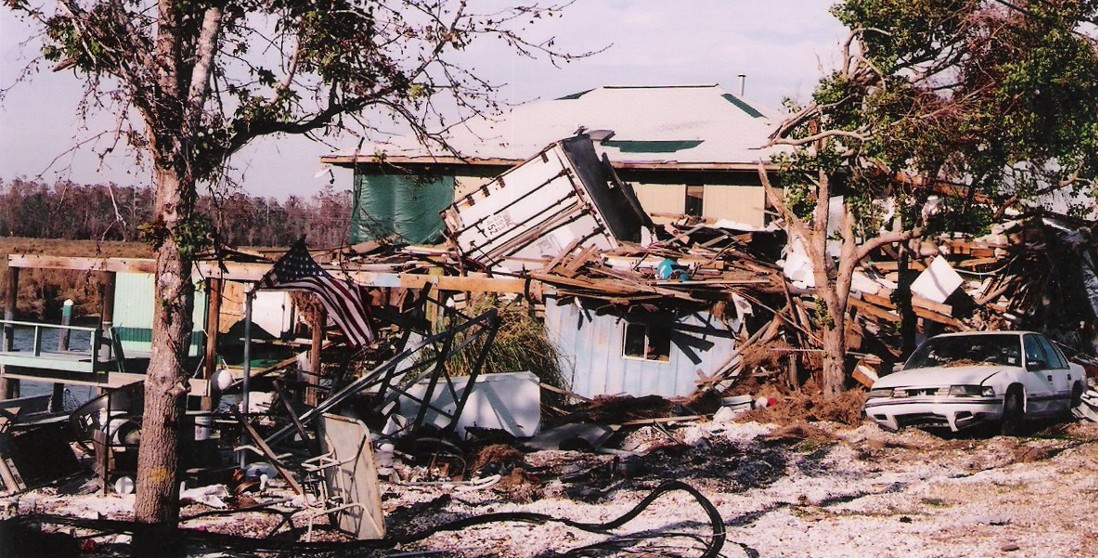
20 Years After Katrina: FEMA, the US government and the Politics of Disaster Response
Thank you for choosing Automatic Translation. Currently we are offering translations from English into French and German, with more translation languages to be added in the near future. Please be aware that these translations are generated by a third party AI software service. While we have found that the translations are mostly correct, they may not be perfect in every case. To ensure the information you read is correct, please refer to the original article in English. If you find an error in a translation which you would like to bring to our attention, it would help us greatly if you let us know. We can correct any text or section, once we are aware of it. Please do not hesitate to contact our webmaster to let us know of any translation errors.
 A recent article on CNN reflects on the past 20 years since Hurricane Katrina and how US disaster preparedness is changing under the current administration.
A recent article on CNN reflects on the past 20 years since Hurricane Katrina and how US disaster preparedness is changing under the current administration.
The article likely reflects on the legacy of Hurricane Katrina, which struck in August 2005, devastating New Orleans and exposing deep flaws in the U.S. government's disaster response. FEMA (Federal Emergency Management Agency) came under intense scrutiny for its slow and disorganized efforts, prompting major reforms in emergency management protocols.
Fast-forward to recent years, and the conversation around FEMA has evolved—especially under President Donald Trump’s administration. The article explores how FEMA operated during Trump’s presidency, including its response to hurricanes like Maria in Puerto Rico and Harvey in Texas, and how those efforts were perceived politically and operationally.
Key themes that may be covered:
- Comparative leadership: How FEMA’s approach under Trump differed from previous administrations.
- Federal vs. local tensions: The ongoing debate about how much responsibility lies with federal agencies versus state and local governments.
- Preparedness and equity: Whether FEMA has improved in serving vulnerable populations, especially communities of color and low-income areas.
- Political optics: How disaster response has become a political flashpoint, especially in election years.
The Forgotten Lessons of the Flood
Twenty years after Hurricane Katrina tore through New Orleans, the ghosts of that disaster are stirring once more—not in the floodwaters, but in the halls of power.
On August 29, 2005, Katrina breached the levees and drowned the Ninth Ward in toxic water. It wasn’t just a natural disaster—it was a failure of government at every level. Nearly 1,400 lives were lost, and over a million people were displaced. FEMA, the Federal Emergency Management Agency, became the face of that failure. In the years that followed, Congress restructured the agency, demanding expertise, accountability, and speed. FEMA was reborn from the wreckage.
But now, in 2025, former FEMA leaders are sounding the alarm: the hard-won reforms of the post-Katrina era are being dismantled.
A Shift in Strategy
President Donald Trump, in his second term, has vowed to scale back FEMA and shift disaster response responsibilities to the states. The rationale? Efficiency and local control. But critics argue that this decentralization risks repeating the chaos of Katrina, where fragmented leadership and red tape delayed rescue and relief.
Former FEMA administrator Brock Long, who served under Trump during his first term, voiced concern: “I’m all for holistic reform. I don’t like how it’s being done. I don’t understand killing FEMA without an identifiable way forward that can be time-phased in”.
Morale and Expertise Eroding
Reports suggest FEMA has lost nearly a third of its permanent workforce since Trump took office. Institutional knowledge is vanishing, and staffing shortages are leaving the agency vulnerable. Jennifer Forester, a former staffer, warned that FEMA is “enacting processes and leadership structures that echo the conditions PKEMRA was designed to prevent”2—referring to the Post-Katrina Emergency Management Reform Act, which was passed to prevent another federal failure.
A Divided Legacy
While the Trump administration touts faster funding and leaner operations, critics argue that the reforms are cosmetic and politically motivated. Homeland Security Secretary Kristi Noem has proposed shortening the window for post-disaster funding, raising concerns about long-term recovery efforts2.
The debate isn’t just about bureaucracy—it’s about memory. Katrina taught America that disaster response must be swift, coordinated, and compassionate. Former FEMA heads fear those lessons are being forgotten in the name of reform.
The Stakes Ahead
As climate change intensifies storms and floods, FEMA’s role becomes more critical than ever. The question now is whether the nation will remember the cost of forgetting—or whether history will repeat itself, one storm at a time.
Further Reading:
https://thehill.com/policy/energy-environment/5476153-trump-administration-fema-reforms-criticized/
Photo Credit: Cover Photo (Above)
Photo in text: November 2005
Source: Flickr: Hurricane Katrina photos
Author: Steve Wilson
